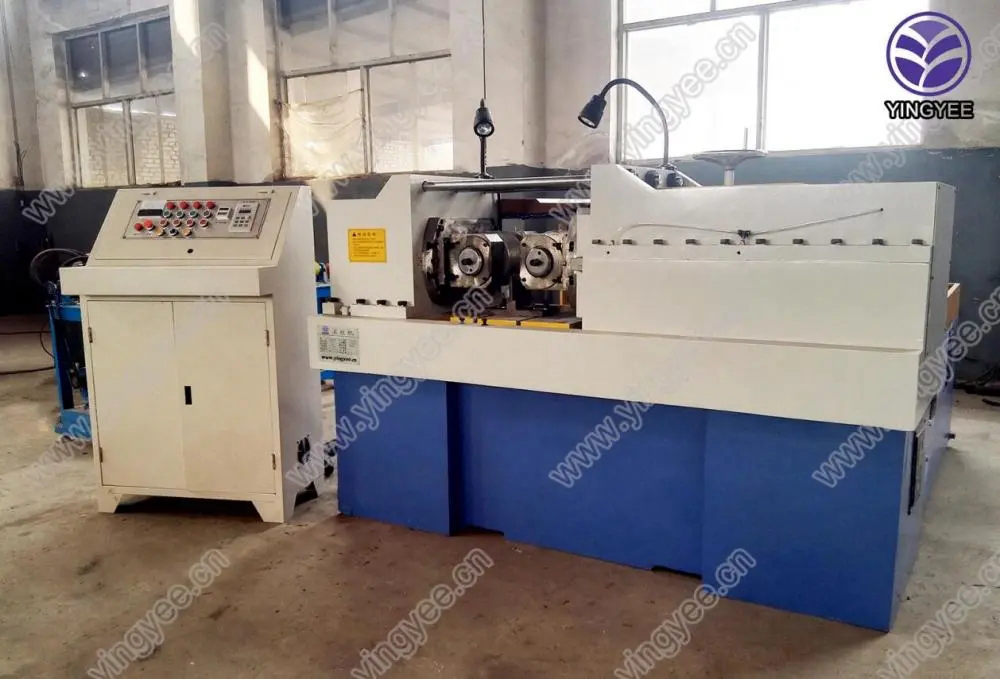
The Evolution of Double Layer Roll Forming Machines A Game Changer for Metal Fabrication
In the world of metal fabrication, efficiency and versatility are paramount. Among the various technologies that have emerged over the years, the double layer roll forming machine has gained significant acclaim. These machines not only streamline the production process but also enhance the flexibility of fabricating different profiles using a single machine setup. This article explores the significance, working principles, and advantages of double layer roll forming machines, particularly focusing on industrial applications in a manufacturing setting.
What is a Double Layer Roll Forming Machine?
A double layer roll forming machine is an advanced piece of machinery designed to produce two different types of profiles simultaneously. Unlike traditional roll forming machines that are dedicated to a single profile, this innovative equipment allows for the creation of two distinct profiles on a single production line. This dual functionality significantly optimizes manufacturing processes by reducing the need for multiple machines, saving time, space, and costs.
Working Principles
At the core of the double layer roll forming machine is its unique design, which features two sets of rollers, each corresponding to a different profile design. As metal sheets are fed into the machine, the rollers follow a predetermined sequence of forming processes. The first layer is processed, and as the sheet continues through the machine, the second layer is completed without the need for a manual changeover.
The materials typically used in these machines are galvanized steel, stainless steel, or other metal sheets, which are shaped into precise profiles under controlled pressure and alignment. The intricate design of the rollers ensures that each profile is manufactured to exact specifications, maintaining high levels of dimensional accuracy and surface quality.
Advantages of Double Layer Roll Forming Machines
1. Increased Efficiency One of the most significant advantages of double layer roll forming machines is the remarkable increase in productivity. By producing two profiles simultaneously, manufacturers can complete production runs in half the time it would take with separate machines.

2. Cost-Effectiveness Investing in a double layer roll forming machine can lead to substantial cost savings in the long term. Not only do organizations save on the initial purchase of equipment, but they also benefit from reduced labor costs, lower maintenance expenses, and minimized space requirements in the factory.
3. Reduced Material Waste These machines are designed to optimize material usage, thus reducing scrap and waste. The precision with which profiles are formed ensures that minimal material goes unused, contributing to a more sustainable manufacturing process.
4. Versatility The ability to manufacture multiple profiles makes double layer roll forming machines particularly attractive to manufacturers who need to cater to diverse market demands. Whether it’s for roofing sheets, wall panels, or other architectural elements, these machines can adapt to produce a range of products without the need for extensive reconfiguration.
5. Enhanced Competitiveness In today’s fast-paced industrial environment, being able to respond quickly to customer needs is crucial. Manufacturers equipped with double layer roll forming machines can offer a wider array of products while maintaining shorter lead times, giving them a competitive edge.
Applications
Double layer roll forming machines find extensive applications in multiple industries, including construction, automotive, and appliance manufacturing. In the construction sector, these machines are particularly valuable for producing roofing, wall panels, and structural components. The automotive industry also benefits from the production of various metal parts that require precise specification and high strength.
Conclusion
As the metal fabrication industry continues to evolve, double layer roll forming machines stand out as a revolutionary solution that addresses the need for efficiency, versatility, and cost-effectiveness. Manufacturers who invest in this technology will likely find themselves at the forefront of innovation, able to meet the demands of a competitive marketplace while enhancing their production capabilities. As technology advances, it is exciting to envision what the future holds for double layer roll forming machines and the new opportunities they will bring to the metal fabrication sector.